Related Research Articles

The Transport and General Workers' Union was one of the largest general trade unions in the United Kingdom and Ireland – where it was known as the Amalgamated Transport and General Workers' Union (ATGWU) to differentiate itself from the Irish Transport and General Workers' Union – with 900,000 members. It was founded in 1922 and Ernest Bevin served as its first general secretary.

The Bakers, Food and Allied Workers' Union (BFAWU) is a trade union in the United Kingdom. Founded in 1847 in Manchester, it represents workers in the food industry.

Thomas Mann was an English trade unionist. Largely self-educated, Mann became a successful organiser and a popular public speaker in the British labour movement.

The National Union of Seamen (NUS) was the principal trade union of merchant seafarers in the United Kingdom from the late 1880s to 1990. In 1990, the union amalgamated with the National Union of Railwaymen to form the National Union of Rail, Maritime and Transport Workers (RMT).
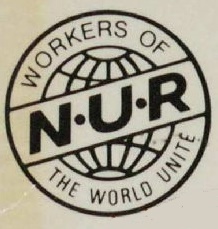
The National Union of Railwaymen was a trade union of railway workers in the United Kingdom. The largest railway workers' union in the country, it was influential in the national trade union movement.

The Union of Construction, Allied Trades and Technicians (UCATT) was a British and Irish trade union, operating in the construction industry. It was founded in 1971, and merged into Unite on 1 January 2017.
The Scottish Farm Servants' Union was a trade union in the United Kingdom.
The National Association of Operative Plasterers (NAOP) was a trade union representing plasterers in the United Kingdom.
The Scottish Commercial Motormen's Union was a trade union in the United Kingdom. It merged with the Transport and General Workers' Union in 1971.

Harry Gosling CH was a British Labour Party politician and trade union leader.
The National Amalgamated Union of Labour (NAUL) was a general union in the United Kingdom.
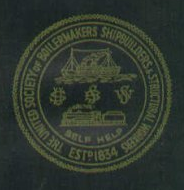
The Amalgamated Society of Boilermakers, Shipwrights, Blacksmiths and Structural Workers (ASB) was a trade union in the United Kingdom. Many of its members worked in shipbuilding, in which industry it was the leading trade union, while over time it also developed strength in engineering and construction.
The Amalgamated Society of Engineers (ASE) was a major British trade union, representing factory workers and mechanics.
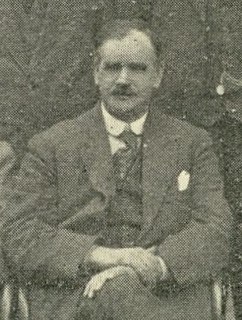
John Cecil Beard was a British trade unionist and politician.

Hugh Hartley Lawrie (1879–1945) was a British trade unionist and politician, elected as Labour MP for Stalybridge and Hyde from 1929 to 1931.
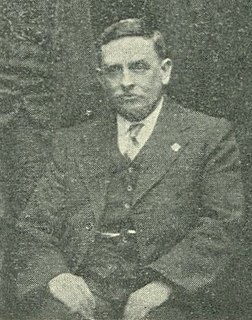
Robert Morley was a British trade unionist and politician.
The Burnley and District Weavers', Winders' and Beamers' Association was a trade union representing workers in the cotton industry in the Burnley area of Lancashire, in England. As cotton manufacturing dominated the town's economy, the trade union played an important role in the town, and several union officials became prominent national figures.
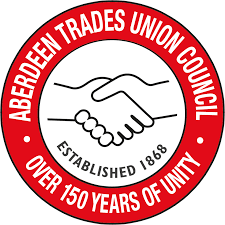
Aberdeen Trades Union Council (ATUC) is the body made up of affiliated trade union branches and organisations working in the Aberdeen and Aberdeenshire area to promote the interests of workers in the region. The ATUC provides services to affiliated branches on a wide range of industrial, social and community issues and is affiliated to the STUC. It has an office based in Aberdeen, Scotland.
Joseph Harris was an Irish trade unionist and political activist.
The Midland Counties Trades Federation was a trade union federation bringing together unions involved in engineering in the West Midlands of England.
References
- 1 2 3 4 5 6 7 8 9 10 Hyman, Richard (1971). The Workers' Union. Oxford: Clarendon Press.
- 1 2 Arthur Ivor Marsh, Historical Directory of Trade Unions, p.475
- ↑ Arthur Ivor Marsh et al, Historical Directory of Trade Unions, p.493
- 1 2 3 4 5 6 Labour Party, Report of the Twenty-second Annual Conference of the Labour Party, pp.255-272
- 1 2 3 4 Labour Party, Annual Report of the Labour Party Conference (1928), pp.275–281. Note that this is a list of affiliations of Labour MPs as of September 1928, and it is possible that some MPs held different sponsorship as of the 1924 election.
- ↑ Parker, James (2017). Trade unions and the political culture of the Labour Party, 1931-1940 (PDF). Exeter: University of Exeter.
- 1 2 3 4 5 6 Report of the Annual Labour Party Conference: 24–44. 1929.Missing or empty
|title=(help)